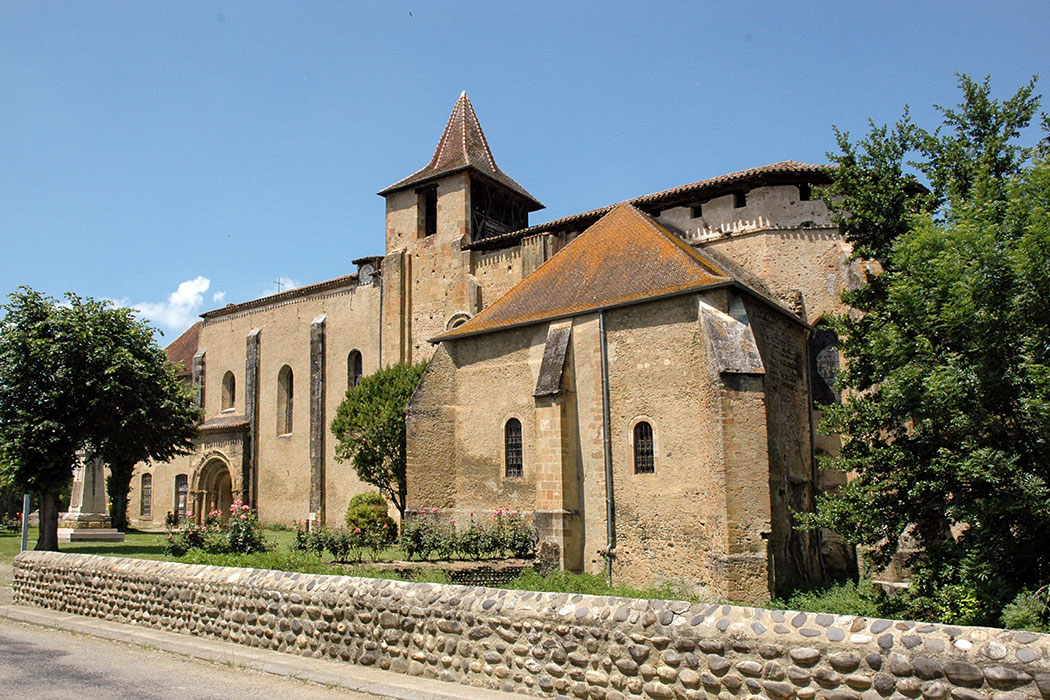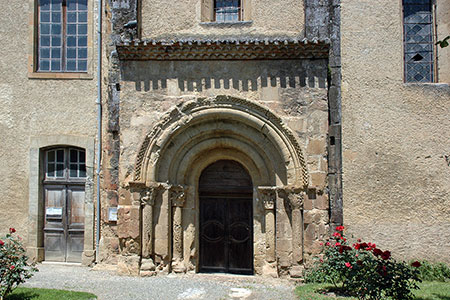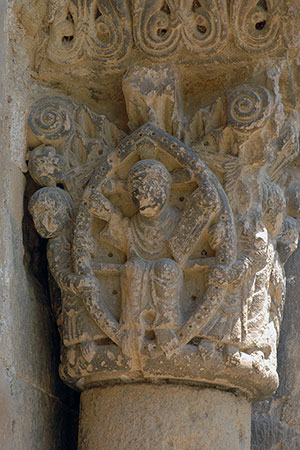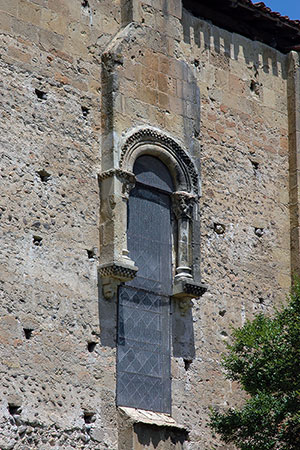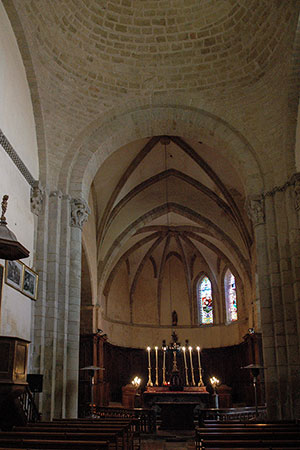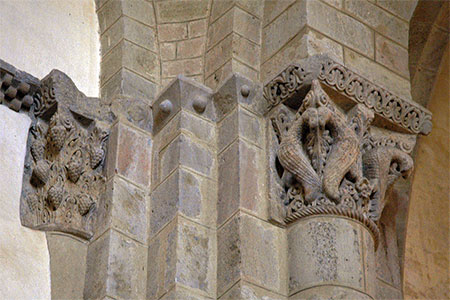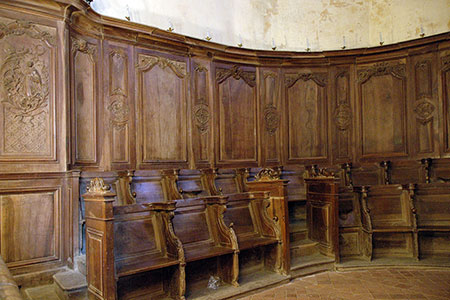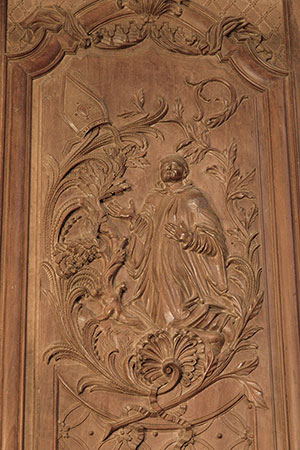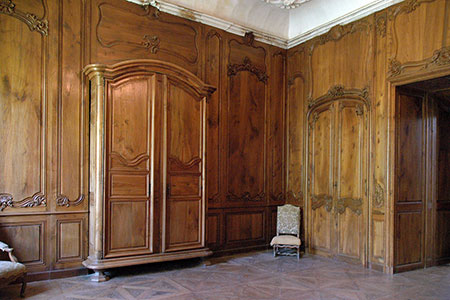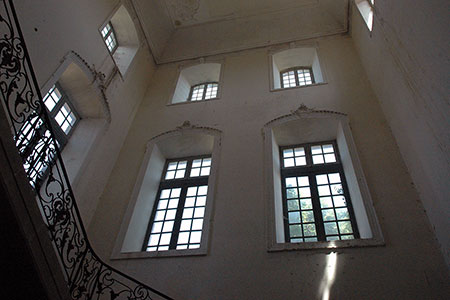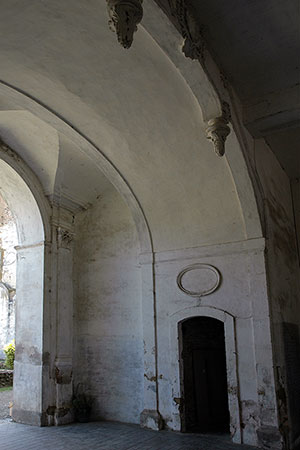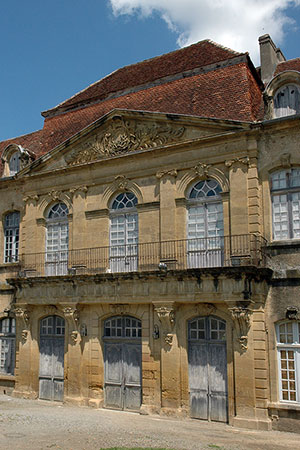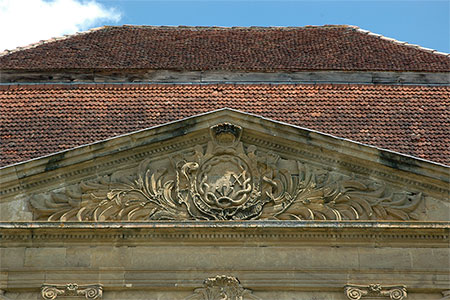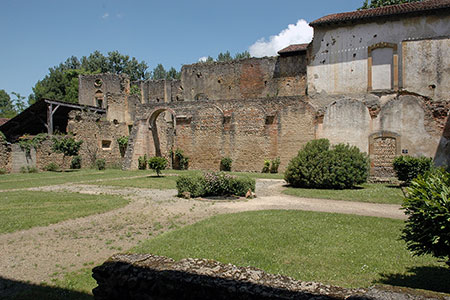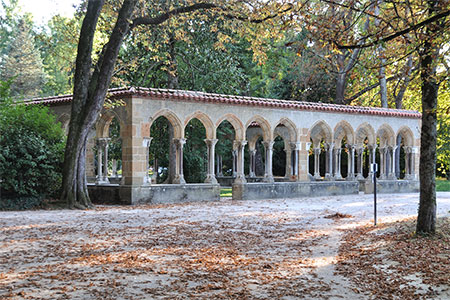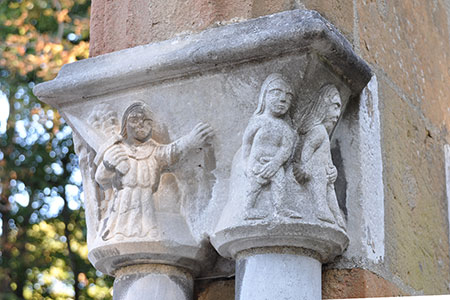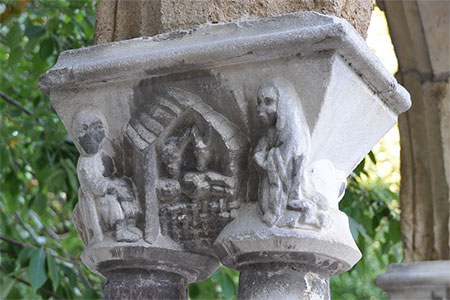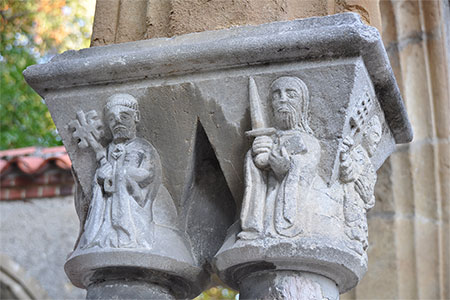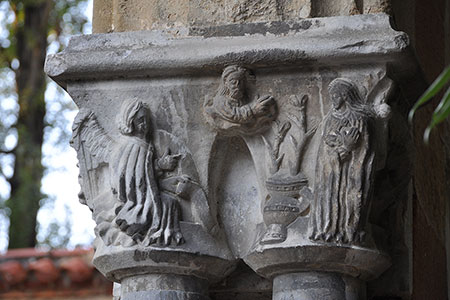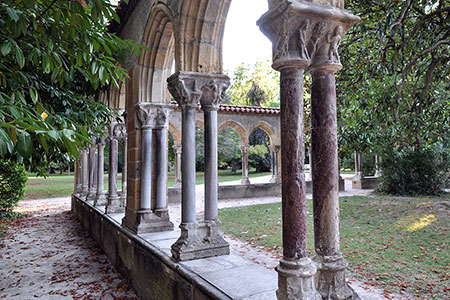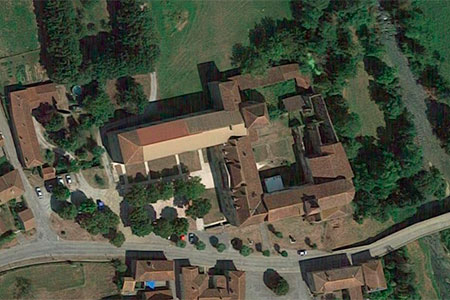Abbey of Saint-Sever-de-Rustan
Abbaye Saint-Sever-de-Rustan / S. Severi de Russitano / Rustano
(Saint-Sever-de-Rustan, Hautes-Pyrénées)
This Benedictine monastic complex was founded on the same site where the remains of Saint Severus, a figure who lived and evangelised these lands in the 4th century, were preserved. This foundation took place at an undetermined time, which has been placed in the 7th century, a monastery that would have been lost due to a Saracen invasion.
The first known record of this place dates from 1022, when Abbot Arsius of Saint-Sever founded a new abbey at Saint-Pé de Génerès (now Saint-Pé-de-Bigorre, west of Lourdes, Hautes-Pyrénées). If the abbey of Saint-Sever was strong enough to found a new centre, this suggests that it was already well established and had been active for many years. In 1087, Count Centule I of Bigorre subjected this abbey to that of Saint-Victor of Marseille (Bouches-du-Rhône), a fact later confirmed by Pope Urban II. In the following years, the outbuildings of what was to become a large monastery were built. The Hundred Years' War had a negative effect on it, and in 1575 it was occupied by the Huguenots during the Wars of Religion, the abbey was sacked and burnt and its monks killed, as well as suffering the loss of the relics of Saint Severus.
Shortly afterwards, thanks to the drive of the new abbot, it was rebuilt. The cloister, which had been destroyed, was replaced by another, purchased from the convent of Carmes in Trie (Hautes-Pyrénées). In 1646, it became part of the congregation of Saint-Maur, which was responsible for its restoration, especially during the 18th century, when major reconstruction work was carried out. With the Revolution, monastic life at Saint-Sever came to an end and the buildings were sold, much of which later passed into public hands and is still the seat of the town hall. Due to a lack of financial resources, the cloister was sold in 1890 and moved to Tarbes, which saved it from going abroad, as in other cases in the region.
The church was originally a Romanesque construction from the 12th century, with a single nave, transept and three apses. The crossing of the nave and transept was covered by a dome. Later, in the reconstruction carried out after the destruction suffered, the building was extended, a new transept was built, and the old dome was integrated into the nave. The chancel was completely rebuilt, and the Romanesque portal was moved. This doorway has two columns with capitals on each side, joined by archivolts. In the same façade there is a beautiful window from the same period, now curiously located in a buttress. The walls of the sacristy are covered with 17th-century wooden furniture and decoration. The cloister is now an empty space, its galleries still in Tarbes. The outbuildings erected in the 18th century remain, such as the entrance pavilion with a monumental staircase.
- BASCLE DE LAGRÈZE, Gustave (1863). Histoire religieuse de la Bigorre. París: Hachette
- BEAUNIER, Dom (1910). Abbayes et prieurés de l'ancienne France. Vol. 3: Auch, Bordeaux. Abbaye de Ligugé
- CARDAILLAC, Xavier de (1891). Le cloître de Saint-Sever de Rustan. Tolosa de Ll.: Privat
- COTTINEAU, Laurent-Henri (1939). Répertoire topo-bibliographique des abbayes et prieurés. Vol. 2. Mâcon: Protat
- PÉMAN, Louis (1982). L'abbaye de Saint-Sever-de-Rustan. Bagnères-de-Bigorre: Éd. Pyrénénnes
- PUJO, Victor (1891). Le cloître de Saint-Sever-de-Rustan. Société académique des Hautes-Pyrénées
- SAINT-MAUR, Congregació de (1715). Gallia Christiana in provincias ecclesiasticas distributa. Vol. 1. París: Coignard
